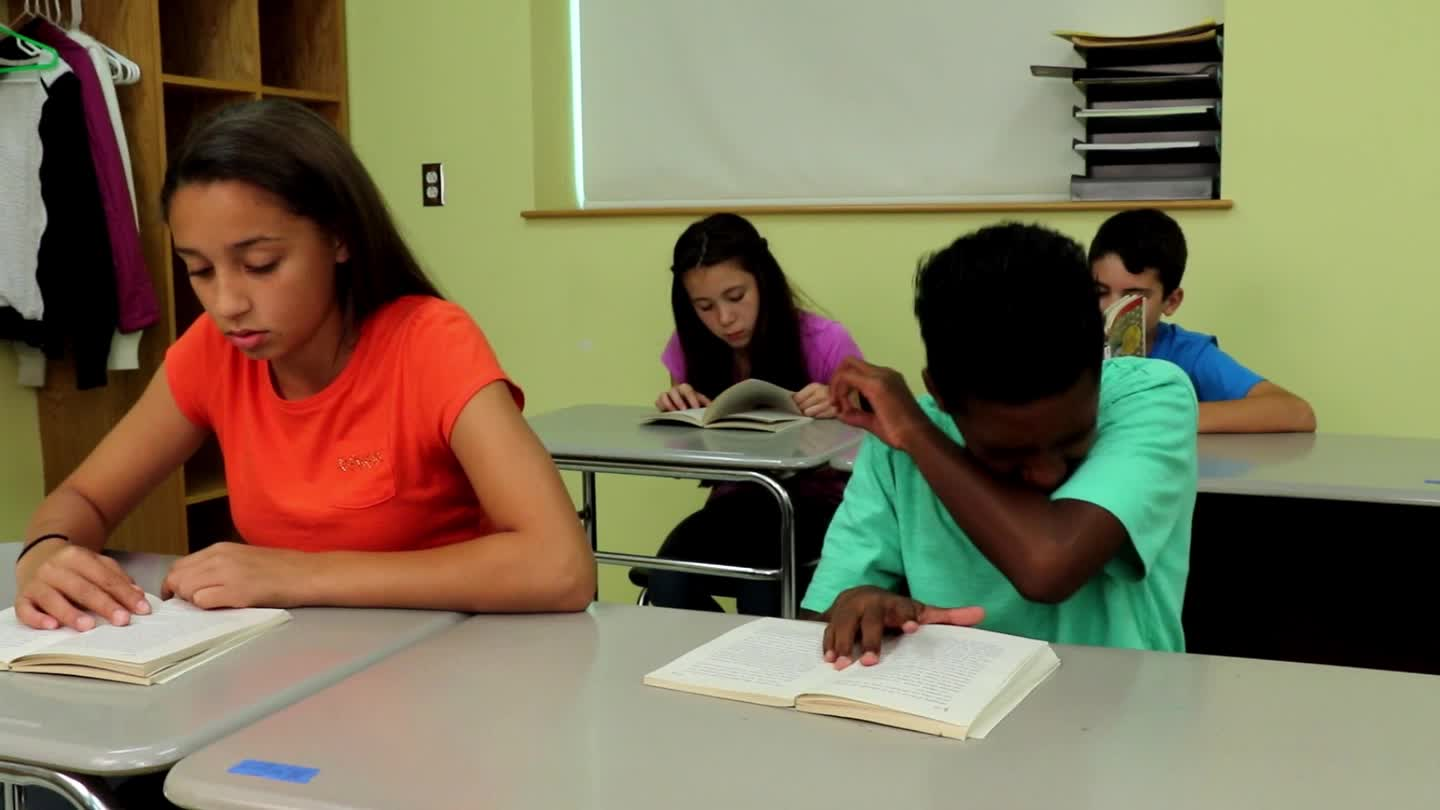
Introduction
Teaching young students the importance of proper sneezing and coughing etiquette is essential for promoting a healthy and clean environment in the classroom. By incorporating principles of Social-Emotional Learning, educators can help students develop responsible habits and empathy towards their peers. In this blog post, we will explore a no-prep activity, discussion questions, related skills, and next steps to help you teach your PreK students proper sneezing and coughing etiquette.
No-Prep Activity
For this no-prep activity, start by demonstrating the correct way to sneeze and cough using the following steps:
- Cover your mouth and nose with your sleeve.
- Sneeze or cough into your elbow instead of your hands.
- If you need to blow your nose, use a tissue and dispose of it properly.
- Wash your hands thoroughly to prevent the spread of germs.
Next, ask your students to practice the steps with you. You can use a fun rhyme or song to help them remember the steps more easily. For example, “When we sneeze or cough, we catch it in our sleeve, and then we wash our hands to keep everyone germ-free!”
Discussion Questions
Use these discussion questions to engage your students and encourage them to think about the importance of proper sneezing and coughing etiquette:
- Why is it important to cover our mouth and nose when we sneeze or cough?
- How do you think germs can spread if we don’t cover our mouth and nose when we sneeze or cough?
- Why should we use our sleeve or elbow instead of our hands when we sneeze or cough?
- How can washing our hands help prevent the spread of germs?
- What can you do to help remind your friends about proper sneezing and coughing etiquette?
Related Skills
Besides teaching proper sneezing and coughing etiquette, there are other related skills that educators can incorporate into their lessons to promote a healthy and clean environment in the classroom:
- Proper handwashing technique: Teach students the importance of washing their hands for at least 20 seconds, using soap and water, and drying their hands thoroughly.
- Personal hygiene: Encourage students to practice good personal hygiene habits, such as brushing their teeth, taking regular baths or showers, and keeping their belongings clean.
- Respecting personal space: Help students understand the importance of respecting each other’s personal space and avoiding close contact when they are sick.
Next Steps
Now that you have learned about teaching proper sneezing and coughing etiquette to your PreK students, it’s time to take the next step. To access free samples of lesson materials on this skill and other related skills, visit Everyday Speech and sign up for their sample materials. These resources can help you create engaging and effective lessons for your students, fostering a healthy and safe learning environment.





